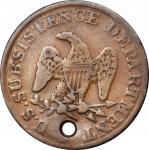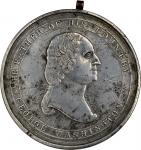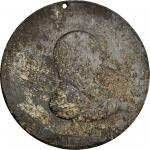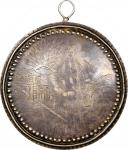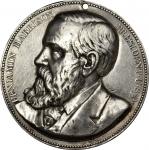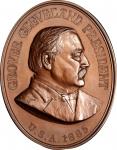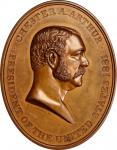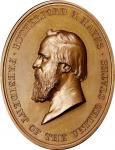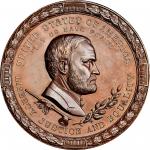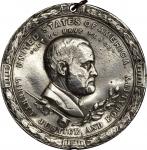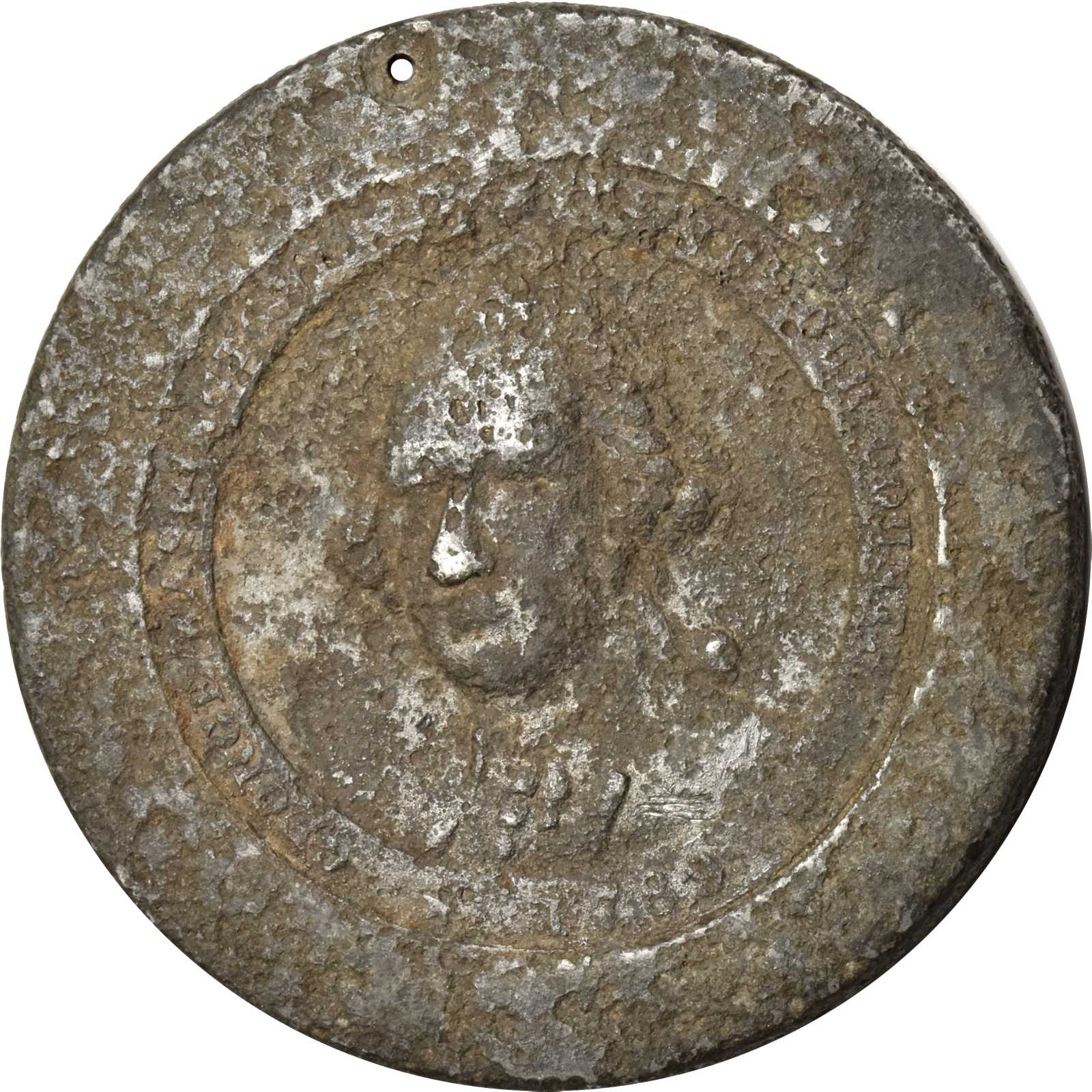Circa 1890 George Washington Private Indian Peace medal. White Metal. Reeded Edge. With Periods Reverse. Prucha-64, var., Musante GW-1148, var., Baker-173Q. Very Good. 79.7 mm; 2103.5 grains. Pierced for suspension. A very rare variant of this medal, one of only two known in this large format to Russell Rulau and George Fuld when they published their second edition of the revision of William Spohn Bakers, Medallic Portraits of Washington</em>, in 1999. Therein, they recorded this piece and one at the ANS, and those are still the only two we are aware of today. They did not mention, however, that two reverse dies are known for this issue, and the one employed in striking this medal is by far the rarest of the two. It can be easily distinguished by periods after the words PEACE and FRIENDSHIP. Both large format medals are from this reverse (and have reeded edges), and we have seen at least three more examples of this reverse type on the usual smaller format flan. Since the no-periods reverse was used for the collector strikes, including pieces in aluminum, we assume that the with-periods type is the earlier die and have ordered it accordingly, though this is not in agreement with the Rulau-Fuld arrangement.This piece is clearly a ground find, which places it into a somewhat interesting context, as the smaller format medals are known to have been made as collector strikes and a rare variant like this could easily otherwise be relegated to such a status. However, this looks worn and aged, though probably not quite as bad in hand as it is likely to reproduce photographically. The ANS specimen is sharper, identified as "lead" (which we doubt), and still looks to have been used. It had been in the W.W.C. Wilson sale in 1925. This one is heavily porous and uniform deep gray, with some of the design features obscured by the oxidation. Still it is very rare, indeed, not only for its large diameter flan but for the rare with-periods reverse. As far as we know, it is unique in private hands.What is known of the origin of this series of medals is nicely laid out by Bauman Belden and rather less thoroughly by Father Prucha. Belden, who published his work under the Aegis of the American Numismatic Society in 1927, was working fairly close in time to the likely origin of these medals and probably was well-positioned to discover what was discoverable about them. He communicated with prominent collector, Walter C. Wyman, who in 1901 discovered the existence of these medals "while visiting the Omaha tribal reservation, in search of Indian relics." One was offered to him at that time, and the seller stated that it had been recently made by a man at Pender, Nebraska. He further wrote to Belden that "In my travels through the various reservations, which include most every one in the country, these medals have been offered me…in various states of defacement and wear, with fantastic tales attached to them…"Wyman was able to track down the person selling the medals at Pender, one Joseph A. Lamere, a self-described member, councilman and representative of the Winnebago, who claimed to have lived among them his entire life. In the letter he wrote to Wyman, dated October 17, 1901, reprinted in full by Belden, he made it clear that he owned the dies and had made a business of striking the medals and selling them. From the vantage point of an informed numismatist, the letter is replete with nonsense designed to create a false historical context for these pieces. However, to a different audience, there are enough nuggets based in fact to lure in the unsuspecting. To the present writer, there are several clues that Lamere himself knew he was perpetrating an unsavory scheme. Perhaps he was even the architect!Regardless, Walter Wyman wrote to Belden that he had "also seen many of them worn by the Indians and very highly regarded by them." We, too, have seen many image of Native Americans wearing the "Pender Medals" in period photographs. Undoubtedly some of these were owned by photographic studios and used merely as props, while others, like some seen in the present sale, were clearly worn rather hard and probably were, in fact, used as adornment by people who hoped to garner some of the respect that the official government medals had conveyed for generations. Ex Jack Collins, Stack’s, May 1996, lot 158; Charles A. Wharton Collection, Stack’s Bowers Galleries, March 2014, lot 2149.

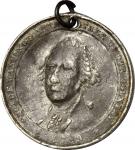
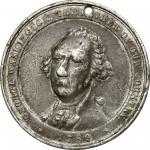
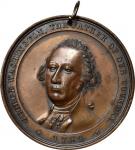

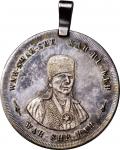
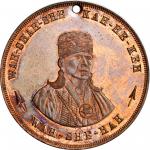




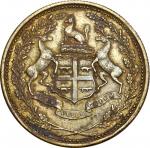


![Iowa, Sioux City. (ca. 1870s-1880s) George W. Felt. [1 Dollar]. Brass, Gilt. Choice Mint State.](http://data.shouxi.com/upload/img/e1/bd/e1bd325c334000c40a05c6b667f2c78a_150x150.jpg)
